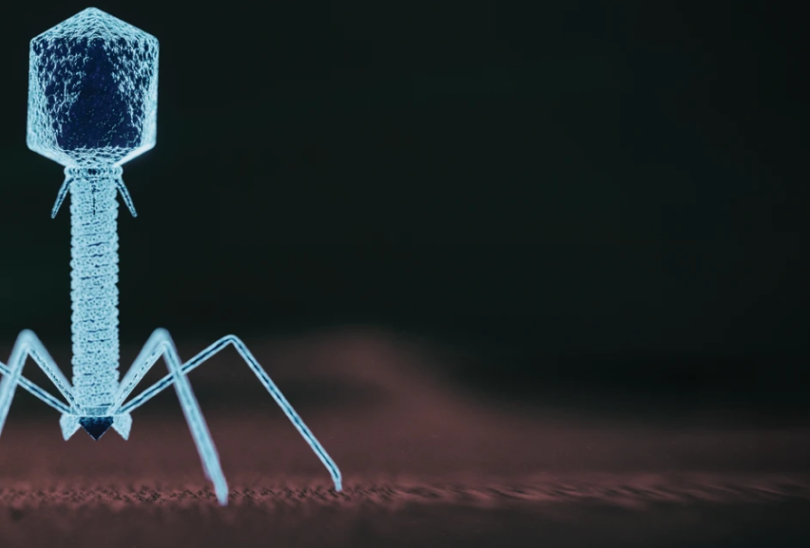
The internet, textbooks, universities, and most all evolutionary teaching shows the famous ‘simple’ life forms becoming more complex over millions of generations. Or the classic monkeys to man line up. However, these arrangements are merely imaginary. The molecules to man evolution conjecture does not work out under real scientific inquiry. Scientific discovery has created challenges to these ideas based on genome sizes of a variety of living things. The data finds a surprising (to evolution) vast variety and unexpected genome sizes in various living things. These findings seem to indicate that what evolutionary mechanisms may expect to find in ‘simple’ or ‘complex’ life does not wor.
The genome is the complete set of DNA the living organism utilizes to build proteins. Proteins build everything in living organisms from cells to hair. It may seem logical that human genome size would be the biggest as we are the smartest. However, humans do not have the largest genome size. Surprisingly this honor belongs to flowering plants and amphibians such as frogs. Have no doubt, this will never be the way the information regarding genomes are presented to you. The logic of these data points seem to contradict evolution.

please do not construe this figure as an endorsement of a progressionist view of evolution!


